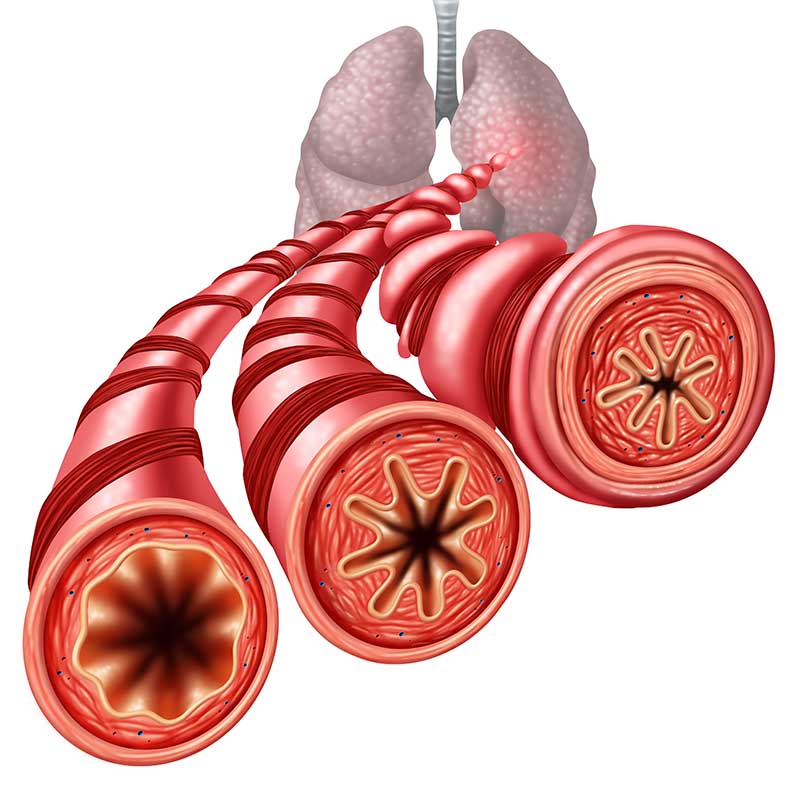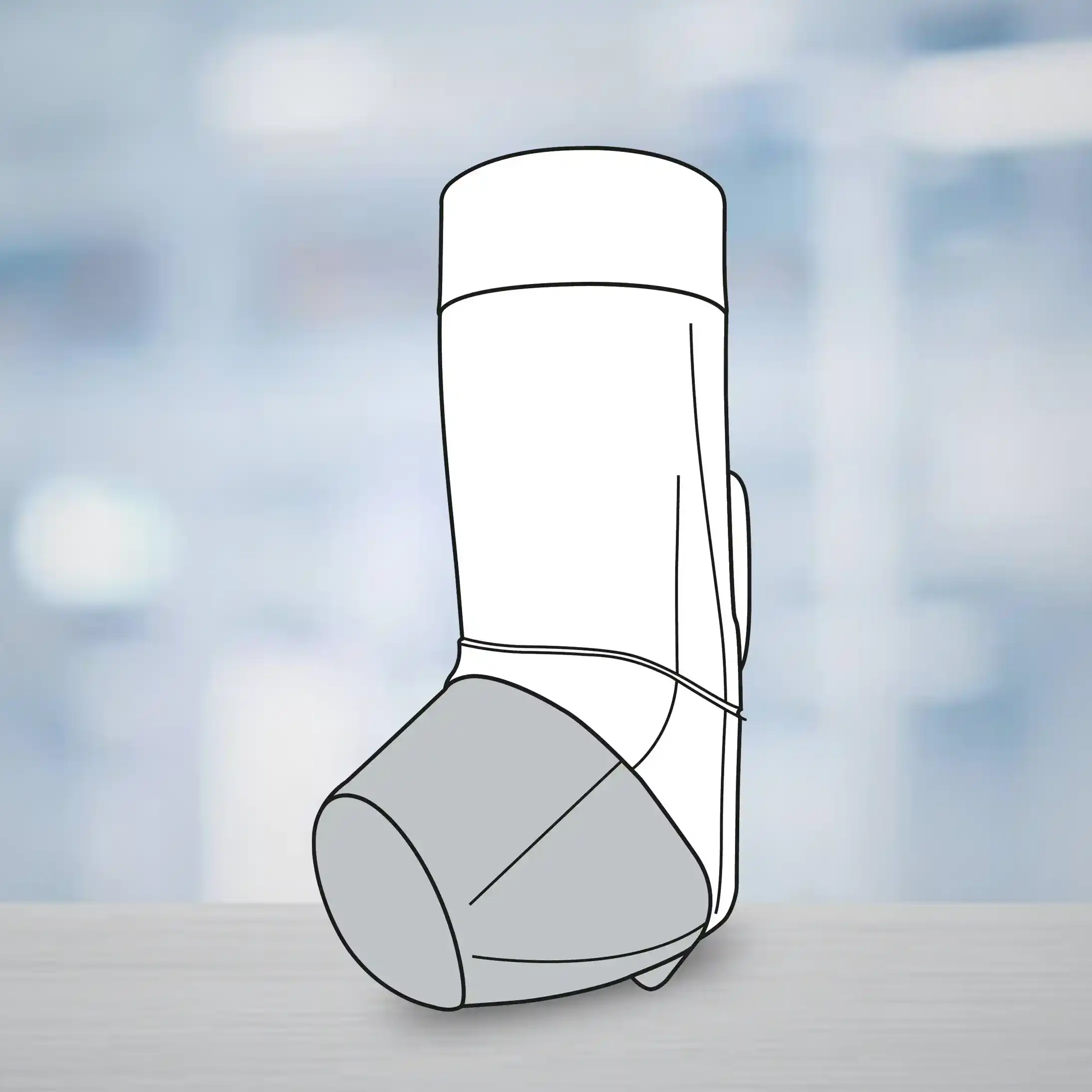Introduction
Adequate glycemic control is crucial to prevent short-and long-term complications associated with type-2 diabetes mellitus (T2DM). Nevertheless, T2DM patients often have poor glycemic control despite triple oral hypoglycemic agent (OHA) therapy. Guidelines recommend initiating injectable insulin when the therapeutic goals of controlling diabetes with triple combination therapy are not met. However various barriers hinder the appropriate use of insulin therapy resulting in a suboptimal glycemic control. Adding an alternative OHA to the triple therapy may seem reasonable in such cases. Currently, the role of empagliflozin as an additional therapy to triple OHA regimens for long-term management of T2DM had not been established well.
Aim
To assess the efficacy of empagliflozin as part of a quadruple OHA regimen over a 7-year follow-up period.
Patient Profile
- Adult patients with inadequately controlled T2DM while on a triple OHA regimen but unwilling to initiate insulin therapy (n=575).
Methods
Study Design
- A prospective cohort study
Treatment Strategy
- Empagliflozin was added to the triple OHA regimen of the study subjects
Outcomes
- Proportion of patients achieving target glycosylated hemoglobin (HbA1c).
- Changes in other glycemic factors such as fasting blood glucose (FBG), 2-h post prandial glucose (2hPP).
- Changes in lipid profile and blood pressure parameters.
Results
- Mean age of the study population was 58.5 years, 53.6% of them were women.
- At 68 months, all the glycemic parameters exhibited a significant decrease from the baseline values (p < 0.001) (Fig. 1 and 2).
Fig. 1: Changes in HbA1c during the study period
Fig. 2: Changes in FBG & 2hPPG during the study period
- Over a period of 7 years, 92.5% of the study subjects achieved HbA1c levels <7%.
- There was a significant decrease in weight (mean decrease from 79.4 kg to 74. 5 kg) and BMI (mean decrease 29.8 to 28.5 kg/m²) from baseline to end of the study (P-trend < 0.001). No significant change was observed in the waist circumference.
- There was a significant improvement in total cholesterol (TC), low-density lipoprotein cholesterol (LDL-C), and triglycerides (TG), while high-density lipoprotein cholesterol (HDL-C) levels did not change significantly.
- There were significant reductions in both diastolic blood pressure (DBP) and mean arterial pressure (MAP); systolic blood pressure (SBP) remained relatively stable.
Conclusions
- The long-term Empagliflozin-based quadruple therapy resulted in a significant and favorable trend with improved key glycemic parameters, including HbA1c, FPG, and 2hPPG.
- Reductions in several additional cardiometabolic parameters, such as BMI, body weight, LDL-C, TC, TG, DBP, and MAP were also observed during the 7-year follow-up period.
Sci Rep. Jan 2025;15(1):1427. doi: 10.1038/s41598-024-84993-x.








